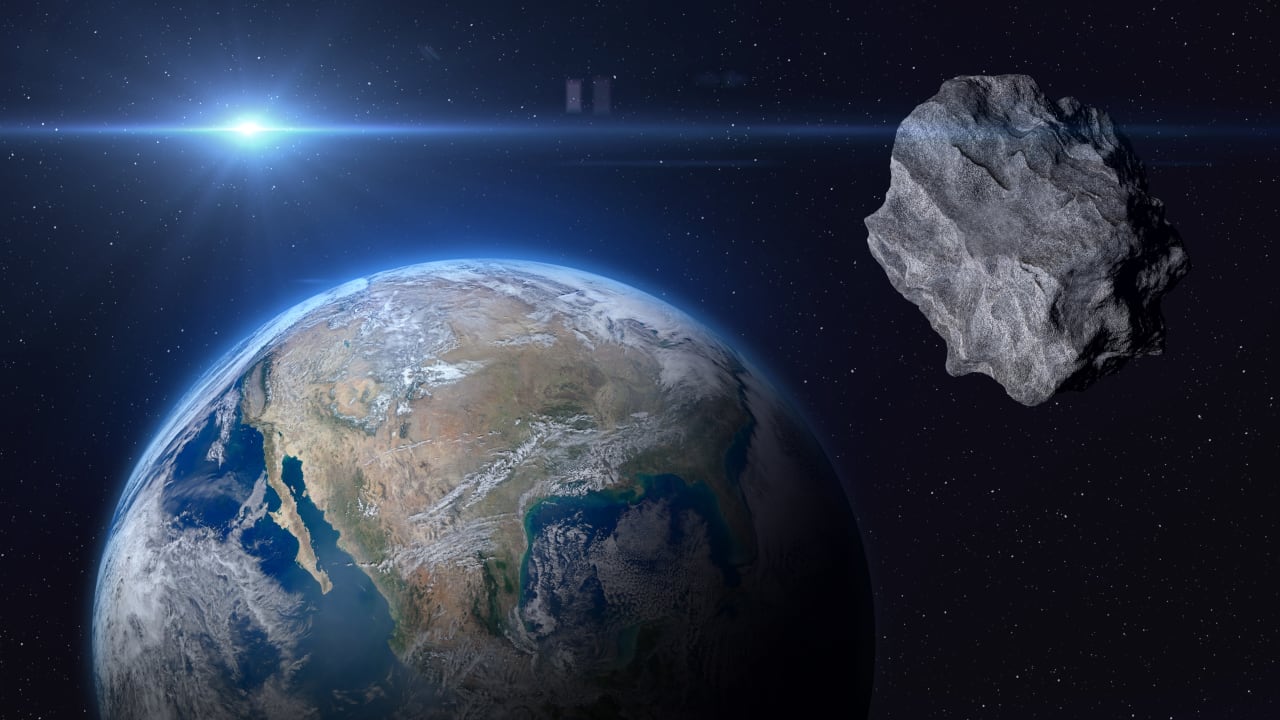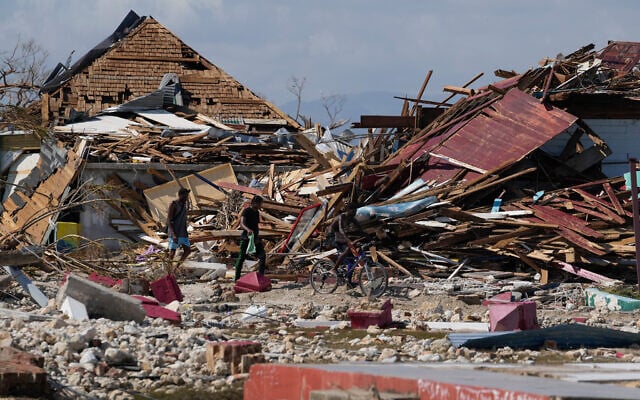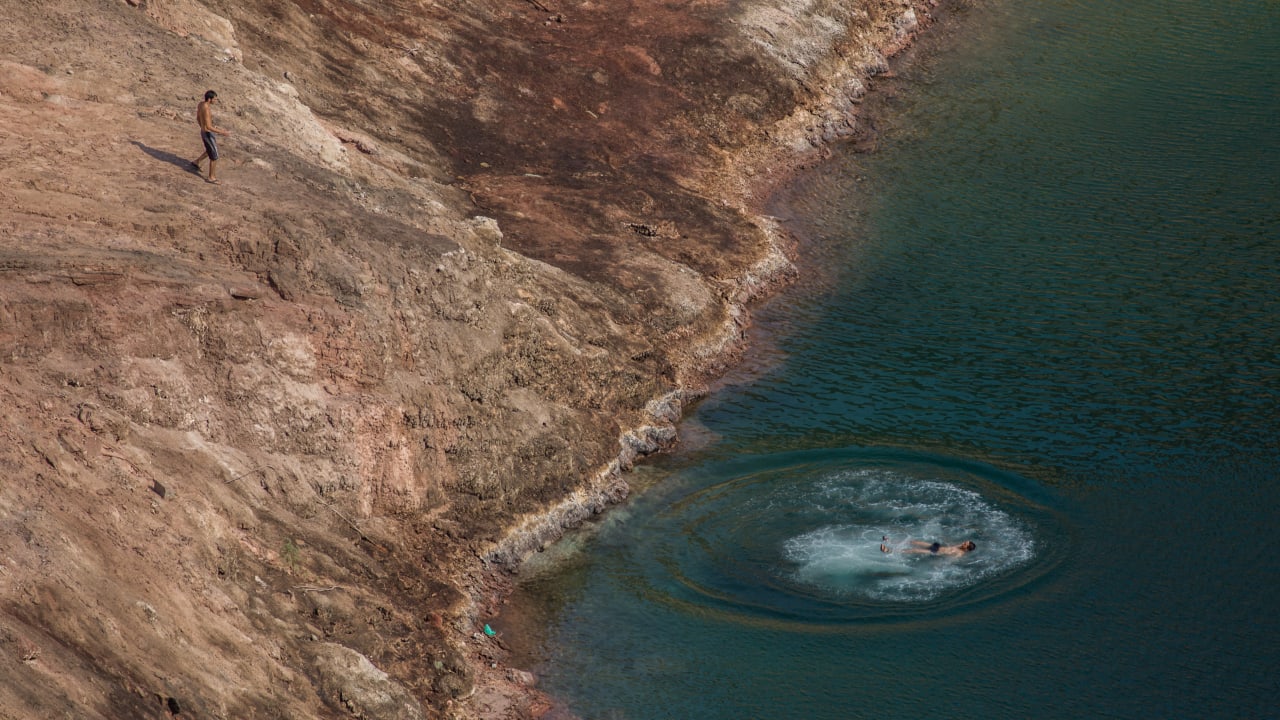Jerusalem Post
ByAARON REICH
Asteroid 2025 PM is around the size of three Tyrannosaurus Rex dinosaurs. The asteroid won't hit the Earth, according to NASA calculations, and even if it did... life finds a way.
An asteroid the size of three Tyrannosaurus Rex dinosaurs is set to pass by the Earth on Sunday, according to NASA's asteroid tracker.
The asteroid in question has been designated as 2025 PM and was discovered this year, as revealed by the Center for Near-Earth Object Studies (CNEOS) at NASA's Jet Propulsion Laboratory (JPL).
Fortunately, this asteroid is not expected to present a danger to the Earth, so we won't end up going the way of the dinosaurs.
Clever girl: How big is the asteroid set to fly past the Earth?
Asteroid 2025 PM is estimated by NASA to be around 50 meters wide.
To put that in perspective, let's compare it to something literally no one has ever seen in real life but everyone has heard of: a Tyrannosaurus Rex.
You know it, you love it, and you may be terrified of it. The T. rex, the king of the dinosaurs, has earned its name and reputation in pop culture with its menacing and awe-inspiring depictions in everything from Jurassic Park to The Land Before Time.
In Jurassic Park, the animatronic T. rex known as Rexy is around six meters high and 12 meters long. Already, that's very imposing, but as most people expect, Jurassic Park isn't exactly the epitome of scientific accuracy. After all, the T. rex likely looked considerably different in real life than it did in the movie - it may have had feathers at some stage in its life, and one study even suggested it had lips. But more importantly, the T. rex was likely much bigger than the movies suggested.
According to a 2024 scientific study published in the peer-reviewed academic journal Ecology and Evolution, the T. rex may actually have been 15 meters long.
So, back to asteroids, 2025 PM may be as wide as just over three T. rex standing tail to snout in a row.
Now the idea of three T. rex flying through the sky is terrifying enough. But what's also terrifying is the weight.
That 2024 study estimated that a T. rex could weigh almost 15,000 kilograms. That's comparable to two adult elephants. Now multiply that by three, and you're looking at 45,000 kilograms of muscle, teeth, and terror.
But how much does asteroid 2025 PM way? Odds are it weighs more, at least in terms of its overall mass. However, it's hard to tell, as scientists aren't sure of its composition.
Many asteroids are rubble piles, which are loose collections of dust and rock that cling together to form the appearance of a giant rock flying through space. Because of that, they aren't very dense. When NASA scientists sent a probe to the massive asteroid Bennu, the probe ended up nearly sinking into it, with scientists saying the asteroid had the density of a ball pit.
In other words, we don't know the mass of asteroid 2025. But even rubble piles all together have mass, and an impact wouldn't be pretty.
Life finds a way (in the face of asteroids): What would happen if asteroid 2025 PM hit the Earth?
At a diameter of 50 meters, asteroid 2025 PM would certainly cause damage.
The last asteroid impact to cause major damage to the Earth was in 2013, when an asteroid impacted over Chelyabinsk, Russia. The resulting airburst - when an asteroid explodes after impacting the atmosphere - resulted in a large and powerful shockwave that was felt regionally. Over 7,000 buildings in multiple cities were damaged, and over 1,000 people were injured, mostly by broken glass.
This was all from an asteroid just around 20 meters in diameter. At 50 meters, we could be looking at a lot more damage. That is, of course, only if it hits a populated area - most of the Earth is ocean, after all.
But if this asteroid were larger, say around 140 meters, the devastation it could cause would be catastrophic.
Still, even that wouldn't be able to wipe out all life as we know it. Humanity is resilient, and an asteroid that large is still too small.
But even the mighty T. rex couldn't withstand an asteroid impact. Still though, the one that took them out was much, much larger.
According to scientists, the asteroid that struck the Earth in what is now the Chicxulub crater in Mexico was thought to be 10 to 15 kilometers wide.
Right now, even if asteroid 2025 PM does hit the Earth, it wouldn't wipe us out. To quote Jeff Goldblum from Jurassic Park, "Life finds a way."





















